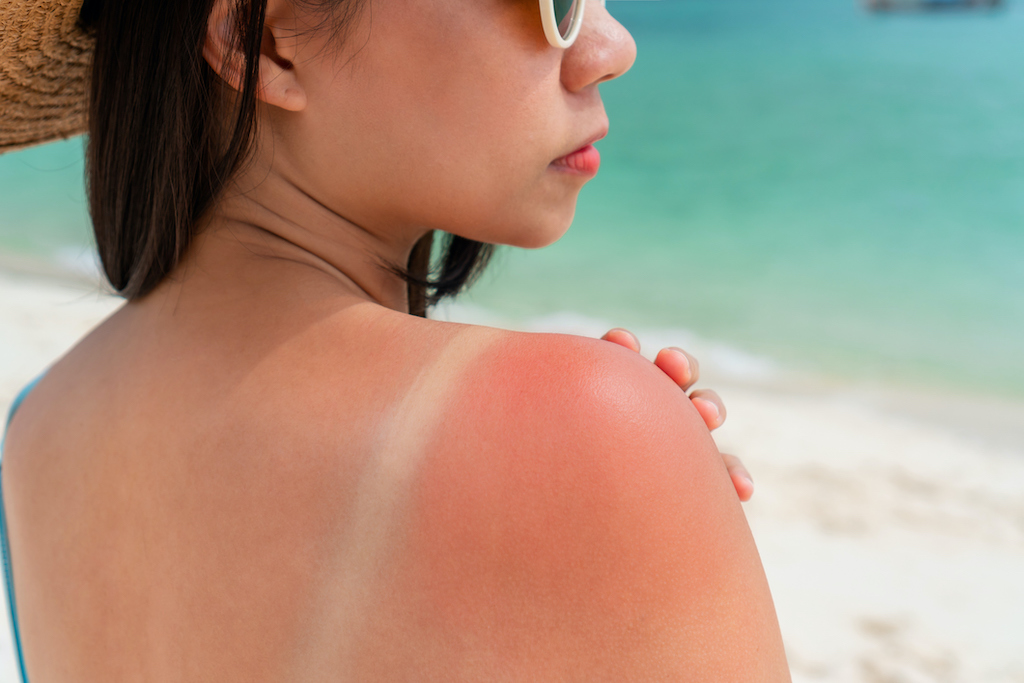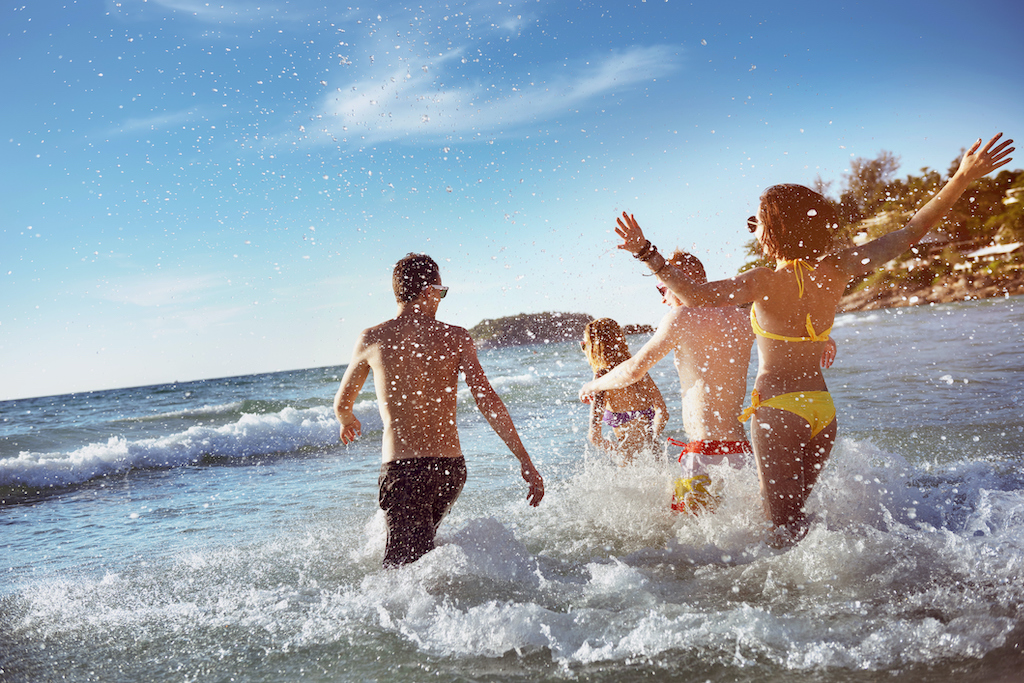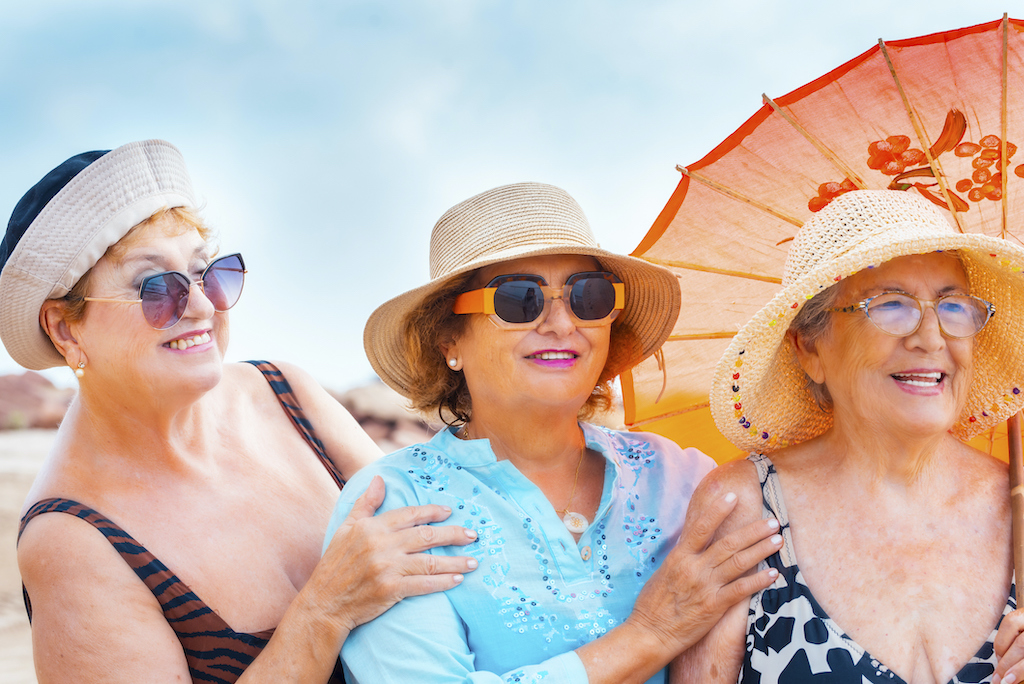Rate your sunburn (1-4)
So you’ve had a nice time outside today, but now you’re back home and looking in the mirror thinking “sheesh, when did I get so burnt? And how bad is it?”
Sunburns don’t just happen at the beach. The sun can catch you off guard anywhere you go: the park, the CBD, your own backyard. If you’re not careful, catching up for lunch with a friend might accidentally turn into a full-blown shoulder burn.
It’s okay — you’ll know for next time. But now we have to think about the sunburn you have, how bad it is, and what the next steps are.
1: Mild First-Degree
First degree burns, also known as mild (or superficial) sunburn, effect the top layer of skin. Though, how ‘mild’ it really is will depend on what end of the first-degree sunburn spectrum you lie on.
A mild first-degree sunburn will be recognisable by its light to rosey pink colour. This burn may feel dry, tight, or painful to touch. These burns are unlikely to cause any long-term tissue damage and can heal in as few as three days. Though, the actual rate that your sunburn heals at is largely determined by genetic components, in addition to health and age.
2: Intense First-Degree
While first-degree burns can be as light as a bit of pink they can also be as bad as tomato red. Sometimes referred to as a ‘moderate’ sunburn, a bad first-degree burn can result in swelling, hot skin, soreness or additional full-body symptoms such as headaches, raised temperature, fatigue, and nausea.
These burns will take longer to heal, around 7 days. They are also likely to be accompanied by peeling which can go away in a couple days, or last for several weeks after initial exposure.
3: Second-Degree
Things are getting serious now. Second-degree burns damage the inner layer of your skin and may take weeks to fully heal. These burns can be identified by their deep red colour, swelling, blistering and ‘shiny’ look on the skin. They will also be accompanied by an intensified level of pain and may result in white discoloration.
In some cases, heat illness will also develop. This means you will experience symptoms such as disorientation, exhaustion, fever, headaches, shivers, and muscle cramps among others.
Depending on the severity of symptoms that you experience, a healthcare professional may be required at this stage. A professional will be able to give you advice on healing, further treatment, or provide specialist burn creams and dressings.
4: Third-Degree
Thankfully, third-degree sunburns are very uncommon. But in the Aussie heat, you never know. Especially if you’re working long-hours outside on a hot day. This type of sunburn requires emergency treatment and damages every layer of the skin, including the fat.
What do I do about my sunburn?
It’s important to remember that every sunburn, no matter how mild, damages your skin and increases your risk of developing skin cancer. After every sunburn, the most important lesson to take away is to not let it happen again. This means remembering to slip, slop, slap, seek, slide and watch out for those high UV days.
Depending on the severity of your burn — we would suggest that aloe vera will do the trick. For more severe burns, a pain reliever might be necessary, or medical attention (especially for second- or third-degree burns). Importantly, don’t make things worse by going back out in the sun, picking at your skin, or wearing tightly fitted clothing.



